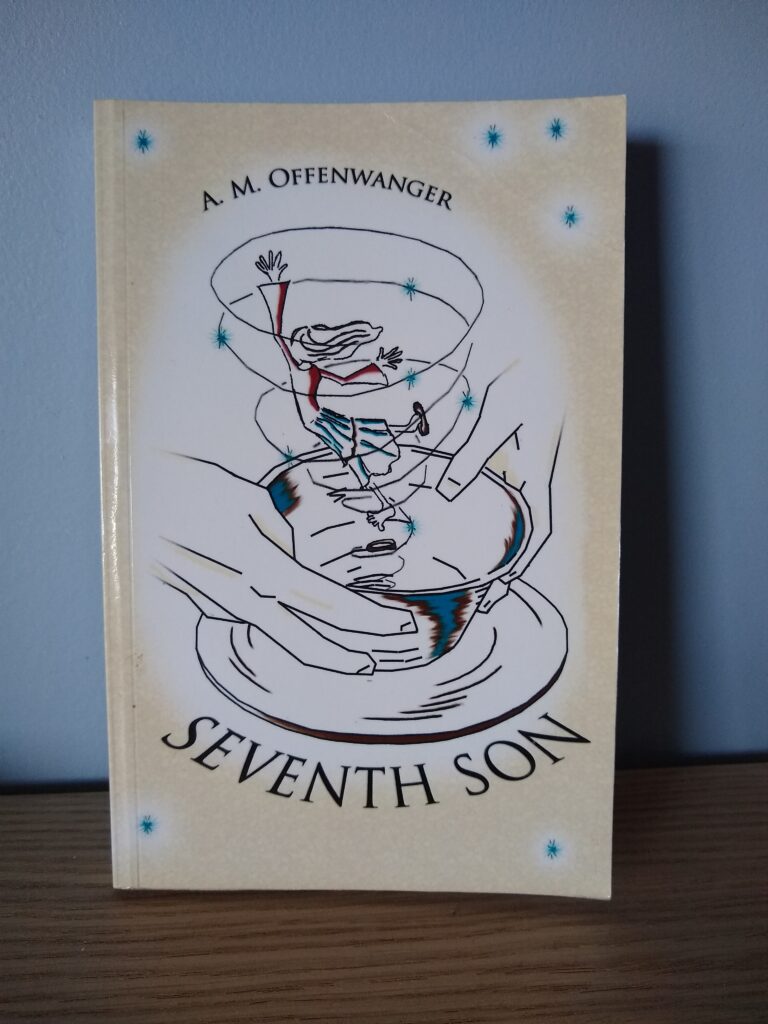[Cue sonorous voiceover] Previously on “So You Want to Write a Book?”: Part 1, How I got started; and Part 2, Other Ways of Writing a Book: How to write a book by just sitting down and writing it, or, conversely, how to plan, plot, and plunge deeply into the story before you begin writing, a five (or more) step process. Spoiler alert: Both methods work.

Part 3: WRITE THE THING
If you’ve skipped ahead to this part because you couldn’t wait to find out how to actually write that book, here’s a quick recap of Parts 1 and 2:
You can write a book by just sitting down and writing it with no previous planning.
Or you can do some plotting first, in as little or as much detail as you like. Here are five steps to doing so:
Step 1: Ideas
Step 2: The Overview
Step 3: The Rough Outline
Step 4: The Full Outline
Step 5: WRITE THE THING
This is where we are now, at Step 5. This is where you actually articulate the story. Where you tell what happens, describe the setting, make the characters talk. (Incidentally, if you’re pantsing your story, you’re starting the process here, without any of the previous steps. It works. So does plotting. If anyone ever tries to tell you that there is only one way of writing a book—their way—they don’t know what they’re talking about. Stop listening to them, and go and cast them as the villain in your next story.)
Incidentally, I’ve talked about all this with regards to story, i.e. fiction writing, but writing a non-fiction book is pretty much the same process: decide what it’s about, make an outline of what’s in it, then write it.
So, here we go! Take out your official fancy leather-covered storywriting notebook and your fountain pen (if you’re Neil Gaiman), or boot up your computer and start a new document in your favourite word processing or writing software.
And then start writing.
Where in your story should you start? Begin at the very beginning and go on to the end? You could—and personally, that’s my own preference; I’ve never done it any other way. But I know of plenty of people, some of them bestselling writers and Creative Writing profs, who jump around in the story. They write their favourite scenes first, the ones they see in their heads most vividly, which might be Chapters 3, 4, 15 and 27 in the final product, and then go back and fill in the gaps. It works too—so do whatever floats your boat.
The way I like to use my notes and outlines from Steps 1-4 is that I refer back to them: “I’m in Chapter 5,” I’ll say, “and here’s what my notes say needs to happen.” Then I make it happen on the page. I’ve done that with anything from a one-sentence description (“X meets Y”) to an outline that’s so detailed, it had every line of dialogue already written out like a stage play, and all I had to fill in was the speech tags and descriptions.
And so you write, and write, and write. Maybe you find yourself going back to Steps 3 or 4 or 5 or 7, adding more details to or refining your outline, before you go back to the text—that’s totally fine, this process is not linear.
This part of writing is the fun part, but also, the “hard work” part. It’s where the real craft of writing comes into play: drawing images with words, conveying your thoughts to the future reader so they can see what you’ve seen in your head and can think as you have thought. Show, don’t tell; write with sensory detail; get into your characters’ heads—all those great pieces of advice that any good book or class or YouTube video on “How to Write” will teach you. (Go look them up, there’s millions of them.)
Oh, one more thing: Spelling and grammar don’t matter at this point. Let me repeat that: SPELLING AND GRAMMAR DON’T MATTER AT THIS POINT. Do NOT keep going back to “fix” your “mistakes”. All that you’ll achieve with that is to break your momentum. Don’t do it.
In fact, do not go back to “fix” anything on this story right now. Editing is for later. Right now, you need to write. Just write. Get those words down. Lock up your inner editor (another NaNoWriMo phrase), turn off the automatic spell checker, and keep writing. If you can’t stand looking at what you wrote yesterday because it’s so bad and you just must fix it, then don’t look at it. I’m serious. At this stage of the game, what matters is getting the story down on paper (or screen).
And once you have it on paper, keep it there—don’t throw away or delete anything you’ve written until the story is finished. If, by any chance, you find there’s something you really can’t live with that absolutely drives you crazy—say, you’ve written something in Chapter 3 that flatly contradicts what you’re about to say in Chapter 10—then hide it from yourself for the time being. In a notebook, you could paperclip or tape together the pages with the offending passage; on a computer, highlight the section and change the font colour to white (if you’re writing on a white background). Voilà, you no longer need to look at it.
The point of this somewhat silly exercise is that when you’re in the depth of a story, your judgement is less than reliable. In fact, it’s possible that it’s completely out of whack. I’ve had times when I’ve sat at my keyboard, typing away to finish the story, all the while saying to myself “This is awful this is terrible this is horrible this sucks so bad,” but continuing because I needed to get the words down. And then later, I re-read it and discovered that the passage wasn’t nearly as awful as I thought and I could use quite a bit of it. I’ve also had the reverse happen: I wrote passages that I thought at that moment were brilliant, and later I found they, well, weren’t.
So, don’t trust your judgement in the midst of writing, and keep everything you write until you’re done. If on re-reading you find that your writing is, in fact, just that awful and completely unusable, you can always throw it away then.
So, you write and write and write and write. And then you do it again. And then, to vary it up a bit, you write. And write some more.
And then finally, one day … you’re done!
You have written a book! Hurrah!! Congratulations!!
You could leave it at that, and I know quite a few people who do just that. They’re happy they’ve written a novel, and are content to let it sit on their hard drive or in their desk drawer forever. That’s totally fine.
But you don’t have to stop there, not if you want to actually get your book to a point where you can share it with others or even hold a printed copy in your hands. So what happens next? This and a few other tips on how to facilitate this whole “Writing” thing shall be found next time when this post is…
…TO BE CONTINUED…













